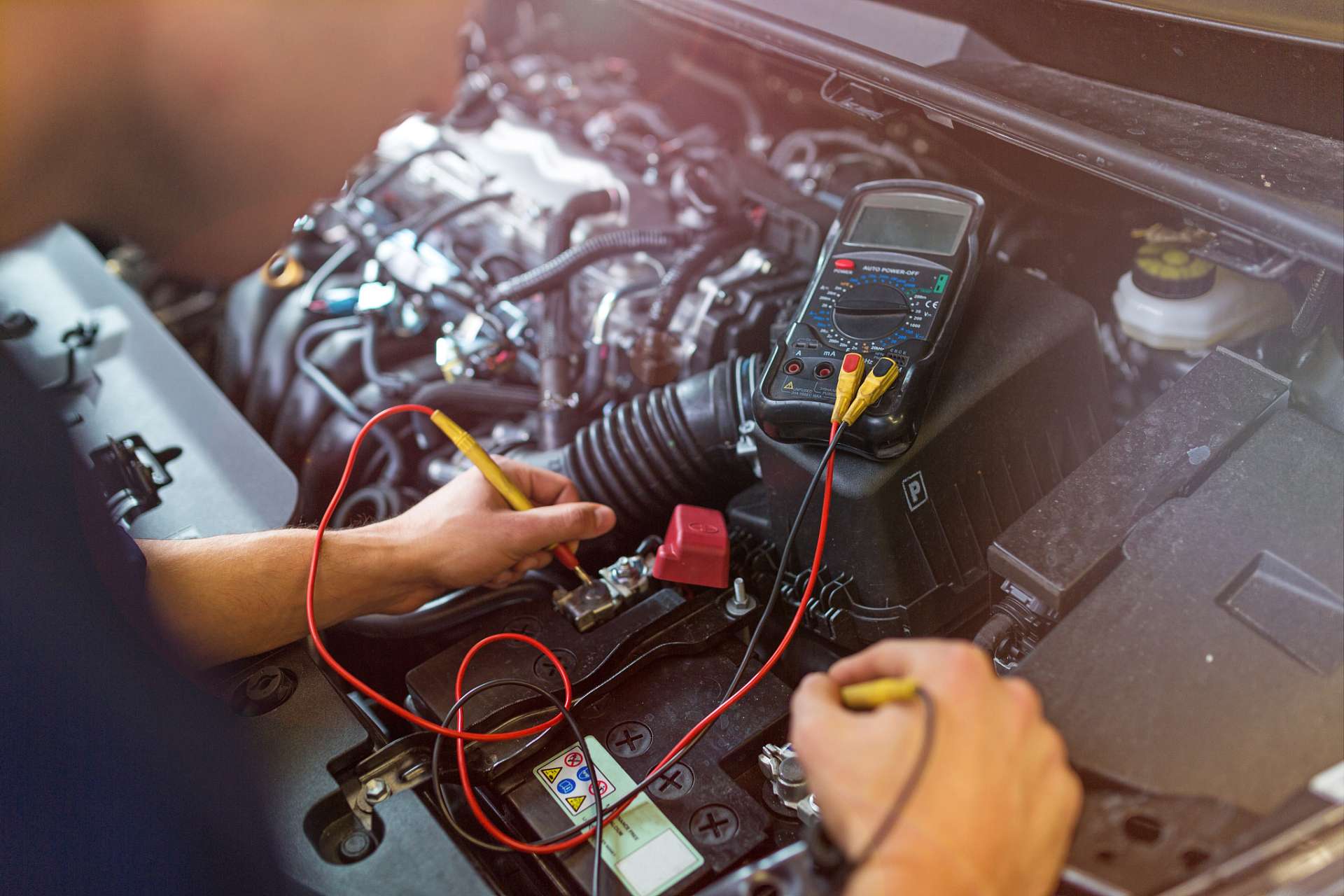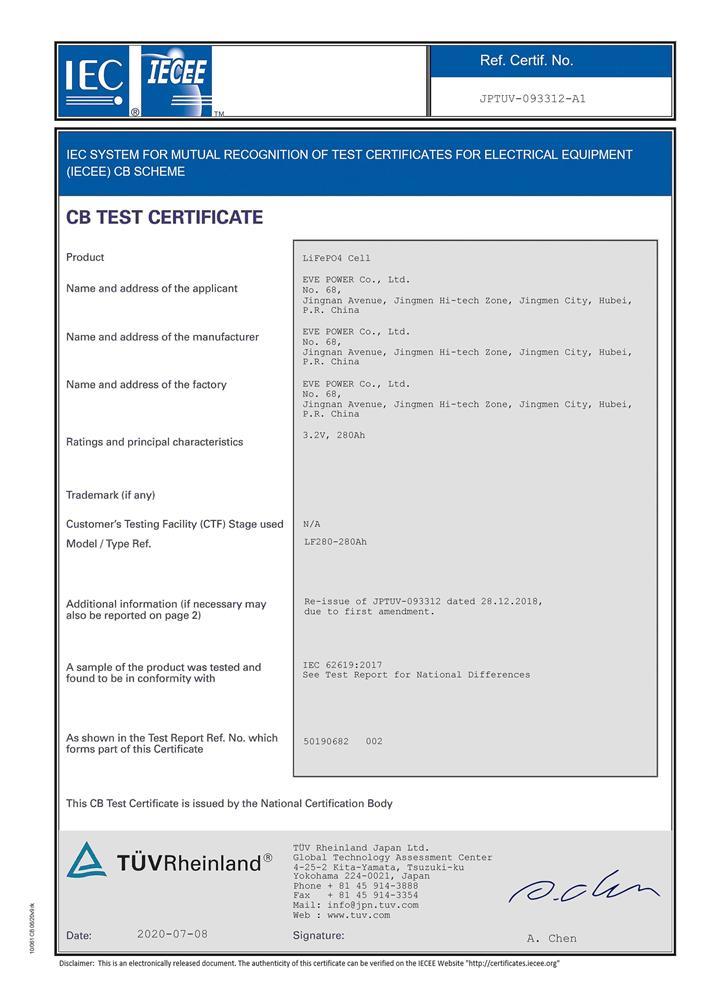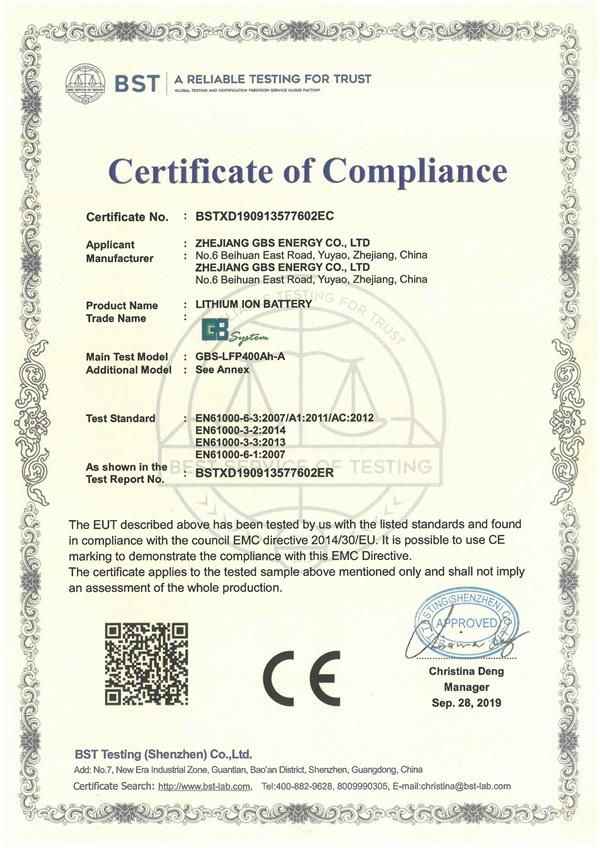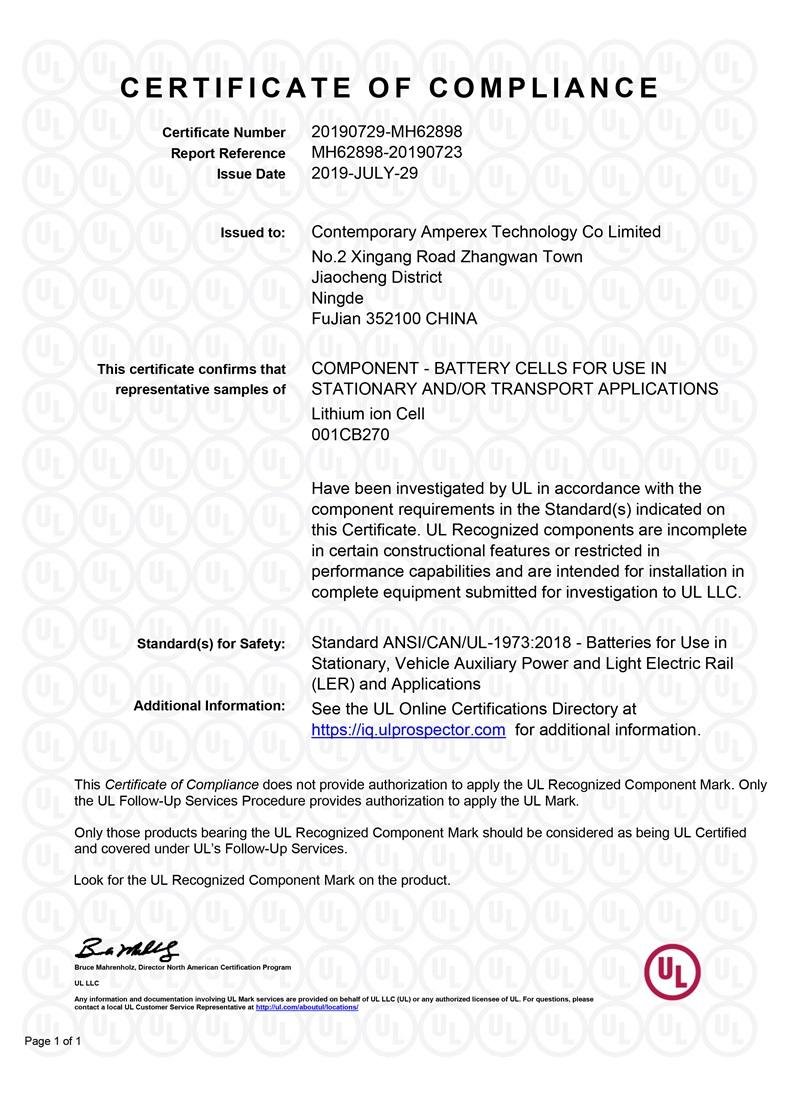Blog
Revive Your Old Batteries: A Comprehensive Guide to Battery Reconditioning

Have you ever been frustrated with a device that no longer holds a charge, whether it's your trusted old laptop, a frequently used power tool, or even your car battery? You may have wondered, "Can I bring these batteries back to life?" The answer is yes—and it's more attainable than you might think. Enter the world of battery reconditioning. This process offers a second chance for worn-out batteries, helping you save money and reduce the hassle of buying new ones. In this guide, we'll explain the science behind battery reconditioning, why it's beneficial, how it works, and how you can carry out the process yourself.
What is Battery Reconditioning?
Battery reconditioning is the specialized process of restoring a battery to its optimal or near-original performance level. Over time, batteries naturally degrade due to factors such as age, improper charging practices, or environmental conditions. Reconditioning aims to reverse this degradation by rejuvenating the internal chemical reactions and restoring the battery's capacity to hold a charge.
This process can be applied to various battery types, including lead-acid, lithium-ion, nickel-cadmium (NiCd), and nickel-metal hydride (NiMH) batteries. While not all batteries can be fully restored, many can regain significant performance, extending their usable life by months or even years.
Why Is Battery Reconditioning Important?
Reconditioning batteries can save you money by postponing the need for a new battery. Additionally, it offers significant environmental benefits. By reconditioning old batteries, you contribute to reducing electronic waste and decrease the demand for new battery production—both of which have a positive impact on the planet's health.
Furthermore, by learning how to recondition batteries, you become self-sufficient in dealing with power-related issues, potentially saving on costly replacements. If you rely on devices that use batteries frequently—such as power tools, vehicles, or electronic gadgets—battery reconditioning is an essential skill that can keep these devices running for longer.
How Do Batteries Work?
To fully appreciate why battery reconditioning is effective, it's important to understand how batteries function. Batteries convert chemical energy into electrical energy through electrochemical reactions that occur within cells.
When a battery discharges, a chemical reaction takes place, releasing electrons to generate an electric current. Over time, as the battery is cycled (charged and discharged), these chemical reactions begin to degrade, causing issues such as:
- Sulfation in lead-acid batteries, where lead sulfate crystals build up on the plates, reducing capacity.
- Dendrite formation in lithium-ion batteries, where metal deposits form on the anode and cause short circuits.
- Memory effect in older NiCd and NiMH batteries, where partial discharge cycles lead to reduced capacity.
By reconditioning the battery, these issues can often be mitigated, allowing the battery to perform better and last longer.
Signs Your Battery Needs Reconditioning
Recognizing when a battery needs reconditioning is key to maintaining its performance. Common signs include:
- Reduced Run Time: If your device runs out of power faster than usual, it could be due to a weakened battery.
- Slow Charging: If charging times seem longer than expected, the battery may have developed internal resistance.
- Overheating: Excessive heat during charging or discharging often indicates internal issues.
- Physical Damage: Any swelling, leaking, or unusual bulging of the battery is a serious concern and requires immediate action.
If your battery exhibits any of these signs, reconditioning could help restore its capacity, or in some cases, prevent further degradation.
The Benefits of Battery Reconditioning
Reconditioning batteries offers several key benefits:
- Cost-Effective: Reconditioning can save you from purchasing new, expensive batteries. It's often a fraction of the cost of buying a replacement.
- Environmental Impact: By giving old batteries a second life, you reduce electronic waste and lessen the demand for new battery production, which consumes valuable resources.
- Improved Performance: In many cases, reconditioned batteries can outperform their degraded counterparts, providing better efficiency and a longer lifespan.
Methods of Battery Reconditioning
The methods for reconditioning batteries vary depending on the type of battery. Here's an overview of the most common types and techniques:
Lead-Acid Batteries
Lead-acid batteries are widely used in cars, motorcycles, and backup power systems. Reconditioning methods include:
- Desulfation: Lead sulfate crystals build up on the plates over time, reducing battery capacity. Desulfators use high-frequency pulses to break down these crystals, restoring the battery's ability to hold a charge.
- Equalization Charging: This involves overcharging the battery slightly to equalize the charge levels between cells. This process can balance the voltage of individual cells, improving overall capacity.
- Water Addition: For flooded lead-acid batteries, adding distilled water helps maintain the proper electrolyte levels, ensuring the battery operates efficiently.
Lithium-Ion Batteries
Lithium-ion batteries are common in laptops, smartphones, and electric vehicles. Reconditioning methods for lithium-ion batteries include:
- Cell Balancing: Lithium-ion cells within a battery pack can become unbalanced, meaning some cells are more charged than others. Using a balancing charger ensures that each cell receives an equal charge, improving performance and extending lifespan.
- Cycle Charging: By fully charging and discharging the battery several times, you can often restore some of its lost capacity.
- Temperature Management: Charging or discharging lithium-ion batteries at extreme temperatures can cause damage. Ensuring that the battery operates within an optimal temperature range helps prevent this and extends its lifespan.
Tools Needed for Battery Reconditioning
Reconditioning batteries requires several tools, depending on the battery type. The basic tools you'll need are:
- Multimeter: To measure voltage, check cell balance, and diagnose problems.
- Battery Charger: A smart charger designed for your specific battery type. This ensures you're using the correct voltage and current for charging.
- Desulfator (for lead-acid): A device specifically designed to break down lead sulfate crystals in lead-acid batteries.
- Safety Gear: Gloves, goggles, and protective clothing are essential to prevent injuries from acid spills or electrical shocks.
- Distilled Water (for lead-acid): This is used to replenish the electrolyte levels in flooded lead-acid batteries.
Step-by-Step Guide to Recondition Lead-Acid Batteries
Here's a simple process to recondition lead-acid batteries:
- Safety First: Wear gloves and goggles to protect yourself from battery acid and electrical shocks.
- Check Voltage: Use a multimeter to check the voltage of each cell in the battery. A significant voltage drop in a single cell may indicate internal damage.
- Desulfation: Attach a desulfator to the battery terminals and allow it to send high-frequency pulses to break down lead sulfate crystals.
- Equalization Charge: Use a smart charger to apply a controlled overcharge. Monitor the process carefully to avoid damage.
- Water Addition: If the battery is a flooded lead-acid type, check the electrolyte levels and add distilled water as necessary.
- Test Performance: After reconditioning, perform a load test to verify the battery's ability to handle stress.
Step-by-Step Guide to Recondition Lithium-Ion Batteries
For lithium-ion batteries, follow these steps:
- Safety Precautions: Lithium-ion batteries can be sensitive. Always wear appropriate safety gear and work in a well-ventilated area.
- Check Cell Balance: Measure the voltage of each cell within the pack to check for imbalances.
- Use a Balancing Charger: Charge the battery with a balancing charger to ensure all cells charge evenly.
- Cycle Charge/Discharge: Fully charge and discharge the battery multiple times to restore capacity.
- Test Performance: After cycling, conduct a load test to ensure the battery is performing better.
Common Mistakes in Battery Reconditioning
Avoid these common errors when reconditioning batteries:
- Neglecting Safety Precautions: Always prioritize safety by wearing protective gear and working in a well-ventilated area.
- Using Incorrect Chargers: Using a charger not designed for your battery type can lead to irreparable damage. Always use the correct charger for your battery.
- Skipping Tests: Regular testing of voltage and capacity is crucial. Skipping tests can lead to overlooking issues that may worsen over time.
Conclusion
Battery reconditioning is a valuable skill that can help you save money, reduce electronic waste, and extend the life of your devices. While it does require the right tools and knowledge, the benefits of restoring old batteries—whether lead-acid, lithium-ion, or others—are undeniable. With the step-by-step guidance in this article, you can confidently attempt to recondition your batteries and bring them back to life. By doing so, you not only improve the performance of your devices but also contribute to a more sustainable future. Happy reconditioning!
Frequently Asked Questions (FAQs)
- 1. Can all batteries be reconditioned?
- Not all batteries can be reconditioned. Lead-acid, nickel-cadmium (NiCd), nickel-metal hydride (NiMH), and lithium-ion batteries can often be reconditioned to some extent. However, if a battery is physically damaged, corroded, or has a serious internal fault, reconditioning may not be effective.
- 2. How long will a reconditioned battery last?
- The lifespan of a reconditioned battery depends on the type of battery and the extent of reconditioning. While reconditioned batteries can regain much of their original capacity, they may still degrade faster than a brand-new battery. Generally, you can expect a reconditioned battery to last several months to a few years, depending on usage and care.
- 3. Is battery reconditioning safe?
- Yes, battery reconditioning is safe as long as proper precautions are taken. Always wear protective gear like gloves and goggles, work in a well-ventilated area, and follow the manufacturer's guidelines for battery reconditioning. Working with electrical components and chemicals, such as in lead-acid batteries, requires attention to safety.
- 4. Can I recondition a battery more than once?
- Yes, batteries can often be reconditioned multiple times, though the effectiveness of reconditioning will decrease with each cycle. If a battery has been reconditioned several times, it may be best to replace it if performance does not improve.
- 5. How can I tell if a battery is beyond reconditioning?
- If a battery exhibits extreme physical damage (e.g., swelling, leakage, or bulging), or if it no longer holds a charge despite reconditioning efforts, it may be time to replace it. Regular testing, such as checking voltage and performance under load, can help determine if a battery is still salvageable.
- Next:4680 Battery Technology: A Deep Dive into Its Advantages and Challenges
- Previous:OTS LiFePO4 Batteries vs DIY LiFePO4 Batteries: Key Differences You Need to Know
Contact Details
Lithium LiFePO4 Batteries and Lithium LiFePO4 Cells Supplier - LiFePO4 Battery Shop
Contact Person: Miss. Elena Wang
WhatsApp : +8615263269227
Skype : +8615263269227
WeChat : 15263269227
Email : info@lifepo4batteryshop.com
All Products
Certification
Customer Reviews
- I have fond memories of our meeting in Shanghai with LiFePO4 Battery Shop Elena. Your company left a strong impression on me with its impressive growth and professionalism. We both value straightforwardness and honesty, which I believe are the most important qualities in any partnership. I am confident that we can build a successful collaboration based on these shared values. —— Robert from USA
- I've been working with LiFePO4 Battery Shop for years, and their reliability is unmatched. While other suppliers frequently change sales teams, LiFePO4 Battery Shop has consistently provided exceptional service with a stable team. Their commitment to quality and customer support truly sets them apart. —— Henry from Australia



